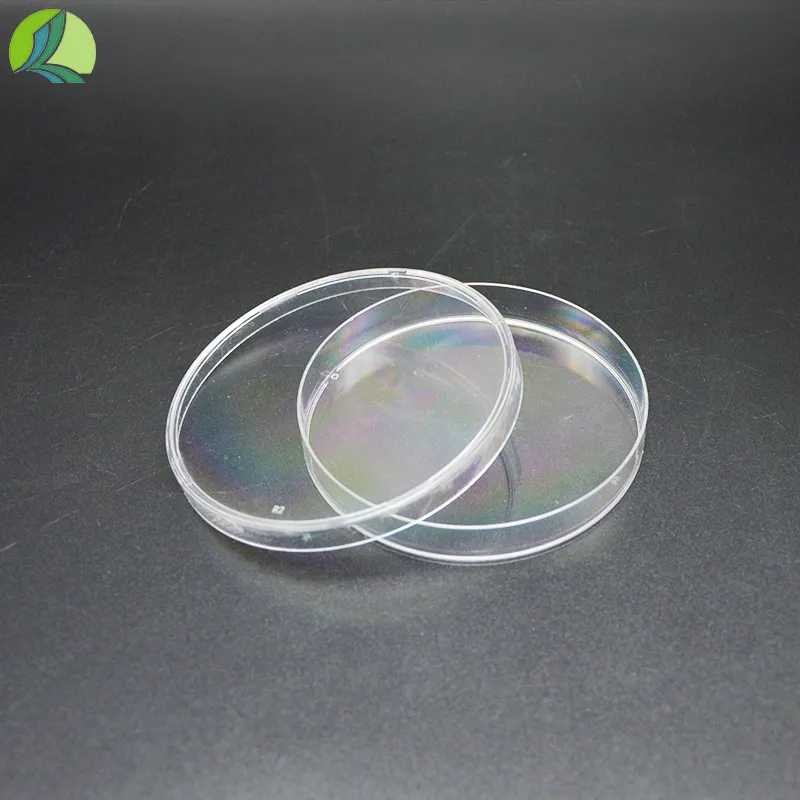
-
 Afrikaans
Afrikaans -
 Albanian
Albanian -
 Amharic
Amharic -
 Arabic
Arabic -
 Armenian
Armenian -
 Azerbaijani
Azerbaijani -
 Basque
Basque -
 Belarusian
Belarusian -
 Bengali
Bengali -
 Bosnian
Bosnian -
 Bulgarian
Bulgarian -
 Catalan
Catalan -
 Cebuano
Cebuano -
 Corsican
Corsican -
 Croatian
Croatian -
 Czech
Czech -
 Danish
Danish -
 Dutch
Dutch -
 English
English -
 Esperanto
Esperanto -
 Estonian
Estonian -
 Finnish
Finnish -
 French
French -
 Frisian
Frisian -
 Galician
Galician -
 Georgian
Georgian -
 German
German -
 Greek
Greek -
 Gujarati
Gujarati -
 Haitian Creole
Haitian Creole -
 hausa
hausa -
 hawaiian
hawaiian -
 Hebrew
Hebrew -
 Hindi
Hindi -
 Miao
Miao -
 Hungarian
Hungarian -
 Icelandic
Icelandic -
 igbo
igbo -
 Indonesian
Indonesian -
 irish
irish -
 Italian
Italian -
 Japanese
Japanese -
 Javanese
Javanese -
 Kannada
Kannada -
 kazakh
kazakh -
 Khmer
Khmer -
 Rwandese
Rwandese -
 Korean
Korean -
 Kurdish
Kurdish -
 Kyrgyz
Kyrgyz -
 Lao
Lao -
 Latin
Latin -
 Latvian
Latvian -
 Lithuanian
Lithuanian -
 Luxembourgish
Luxembourgish -
 Macedonian
Macedonian -
 Malgashi
Malgashi -
 Malay
Malay -
 Malayalam
Malayalam -
 Maltese
Maltese -
 Maori
Maori -
 Marathi
Marathi -
 Mongolian
Mongolian -
 Myanmar
Myanmar -
 Nepali
Nepali -
 Norwegian
Norwegian -
 Norwegian
Norwegian -
 Occitan
Occitan -
 Pashto
Pashto -
 Persian
Persian -
 Polish
Polish -
 Portuguese
Portuguese -
 Punjabi
Punjabi -
 Romanian
Romanian -
 Russian
Russian -
 Samoan
Samoan -
 Scottish Gaelic
Scottish Gaelic -
 Serbian
Serbian -
 Sesotho
Sesotho -
 Shona
Shona -
 Sindhi
Sindhi -
 Sinhala
Sinhala -
 Slovak
Slovak -
 Slovenian
Slovenian -
 Somali
Somali -
 Spanish
Spanish -
 Sundanese
Sundanese -
 Swahili
Swahili -
 Swedish
Swedish -
 Tagalog
Tagalog -
 Tajik
Tajik -
 Tamil
Tamil -
 Tatar
Tatar -
 Telugu
Telugu -
 Thai
Thai -
 Turkish
Turkish -
 Turkmen
Turkmen -
 Ukrainian
Ukrainian -
 Urdu
Urdu -
 Uighur
Uighur -
 Uzbek
Uzbek -
 Vietnamese
Vietnamese -
 Welsh
Welsh -
 Bantu
Bantu -
 Yiddish
Yiddish -
 Yoruba
Yoruba -
 Zulu
Zulu
centrifuge tube
The Importance and Applications of Centrifuge Tubes
Centrifuge tubes are an essential tool in laboratories and research facilities, widely used in various scientific fields, including biology, chemistry, and medicine. These small yet crucial items are designed to hold samples during centrifugation, a process that uses centrifugal force to separate components of a mixture based on density. Understanding the structure, types, and applications of centrifuge tubes is vital for anyone involved in scientific research or laboratory work.
Structure and Design
Centrifuge tubes come in various sizes and materials, typically made from plastic or glass. The most common materials are polypropylene and polystyrene, which are durable, chemically resistant, and can withstand the high forces generated during centrifugation. The tubes usually have a conical bottom, allowing for efficient sedimentation and easy collection of precipitated samples. Many centrifuge tubes are designed with graduated markings on the side to facilitate accurate sample measurement, while some are equipped with snap-on or screw caps to ensure a secure seal that prevents leakage.
Types of Centrifuge Tubes
There are several types of centrifuge tubes, each designed for specific applications
.1. Standard Centrifuge Tubes These are the most commonly used tubes in laboratories, suitable for general purposes and can hold varying volumes, from small samples of 1.5 mL to larger volumes of 50 mL or more.
2. Microcentrifuge Tubes Typically holding 1.5 mL or 2 mL, microcentrifuge tubes are used for small-scale experiments, particularly in molecular biology. They are designed to fit in microcentrifuges, which are ideal for high-speed spinning of small volumes.
centrifuge tube

3. PCR Tubes These tubes are specifically designed for polymerase chain reaction (PCR) applications. They have a low profile and often come with a thin-walled structure to allow for efficient heat transfer during the PCR process.
4. Cryogenic Tubes Designed to withstand extreme temperatures, these tubes are used for storing biological samples at very low temperatures, such as in liquid nitrogen. They typically come with a secure sealing mechanism to prevent contamination and loss of samples.
5. Blood Collection Tubes These are specialized centrifuge tubes used in clinical laboratories. They often contain additives such as anticoagulants or clot activators to prepare blood samples for various analyses.
Applications in Research and Medicine
Centrifuge tubes play a crucial role in various laboratory procedures. In molecular biology, they are commonly used for DNA and RNA extraction, where centrifugation helps separate nucleic acids from cellular debris. In clinical settings, centrifuge tubes are used to separate blood components, allowing for the analysis of plasma, serum, and cellular elements.
Moreover, in microbiology, these tubes are essential for isolating and purifying bacterial cultures. Researchers also utilize them in the preparation of samples for chromatography and spectrometry, where precise measurements and separation of substances are critical.
Conclusion
In conclusion, centrifuge tubes are indispensable tools in modern laboratories, offering reliability and versatility across a wide range of scientific applications. Their design and functionality support the precise separation of mixtures, making them essential for research and clinical diagnostics. As technology advances and research demands increase, the development of even more specialized centrifuge tubes will continue to enhance laboratory efficiency and accuracy. Understanding the various types and their applications allows scientists and researchers to choose the appropriate tools for their specific needs, ultimately contributing to scientific progress and innovation.
-
Premium Metal Dropper Bottle for Precise Dispensing 250ml & 1ml Options AvailableNewsJul.04,2025
-
20 ml Headspace Vials - High Quality Polyethylene & Plastic Vials for Lab UseNewsJul.04,2025
-
Small Bottle with Pipette - Precise Dispensing 100ml Pipette Bottles for Essential Oils & Lab UseNewsJun.24,2025
-
Acetic Anhydride Bottle for Accurate Dropper Measurement in Pharmacy Use High-Quality Dropper BottlesNewsJun.10,2025
-
Innovative PET Bottle Design for Juice – Unique Shapes & Customization OptionsNewsJun.10,2025
-
20 Pack Sterilized Petri Dishes – Assorted Sizes, High Quality Small Plastic Petri Dishes for Lab UseNewsJun.10,2025






















